Our AGM and 40th Annual Research Fellows Meeting showcased bold ideas, from atomic-level structures to synthetic cell engineering and the challenges faced in vaccine and screening trials.
Every year the Lister community convenes to celebrate scientific curiosity, collaboration, and clinical impact. With record attendance—well over 100 current and former Lister Fellows, Summer Studentship participants, and special guests—the event reflected the Institute’s enduring ethos: bringing together generations of researchers to share discoveries, challenge assumptions, and inspire new directions.
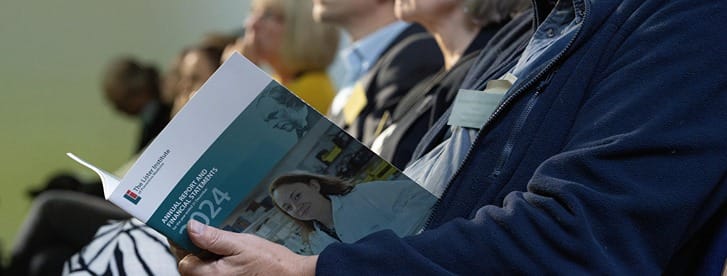
Reading biology: Decoding life’s messages
The Lister community has an incredible ability to transform our understanding of life’s molecular machinery. Using cutting edge experimental and computational techniques in biophysics, microscopy, molecular biology, and machine learning, researchers can decode the structure and function of biomolecules that underpin health and disease.

Atomic insights into genome guardianship
Dr Kelly Nguyen (Prize Winner 2025, MRC Laboratory of Molecular Biology) presented her team’s breakthrough in revealing the complete atomic structure of human telomerase, an enzyme found only in very low numbers in germ cells, making it extremely hard to isolate and study. The enzyme maintains chromosome ends and protects against ageing and cancer. “For the first time, we visualised how the DNA binds to the active site of the enzyme,” Kelly explained, describing how this successful structural work underpins recent experiments looking at the structures underlying recruitment of regulatory factors and telomerase dimerisation. This exposure of new subunits and interactions offers clues for targeting genome instability and telomere instability in disease.
How viruses steal ribosomes
Dr Chris Hill (Prize Winner 2025, University of York) shared how his group visualised the way enteroviruses commandeer human ribosomes using a specialised RNA structure involved in ribosome initiation that Chris describes as a molecular lockpick. The characterisation and understanding of RNA structures, and their role in the regulation of cell processes and disease, is still in its infancy and ripe for multidisciplinary study, Chris said. Today, Chris uses single-molecule biophysics to investigate RNA folding and dynamics, but with his background in protein x-ray crystallography, he still loves classic wet lab biochemistry too. “With my Lister Prize funding we will use old school biochemistry for in vitro reconstitution studies to understand initiation-complex assembly. But we will also pivot towards the exciting new field of in situ structural biology—an entirely new method for my lab which we will have to master.” He hopes this work will open new avenues for antiviral drug development by exposing conserved vulnerabilities in viral translation mechanisms.
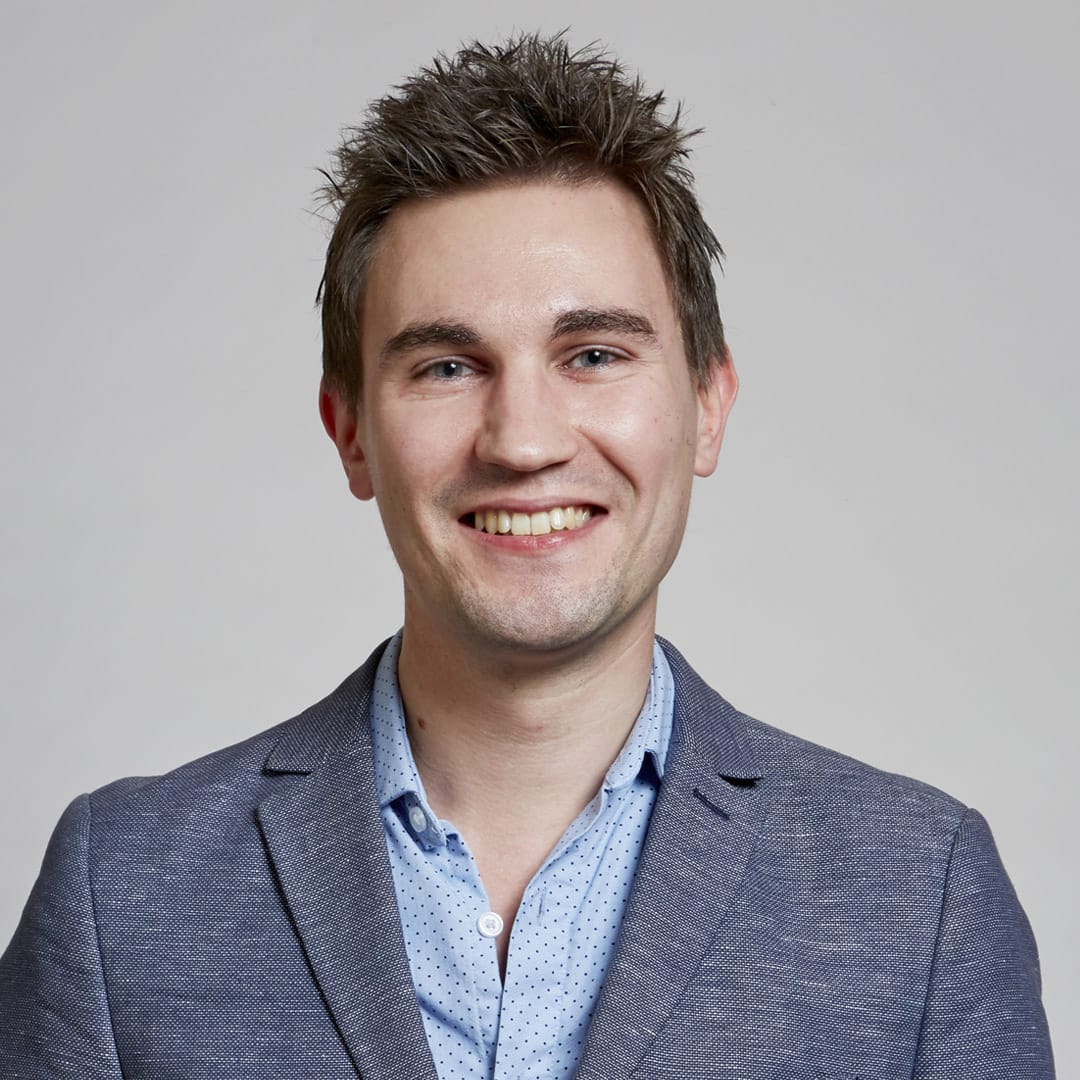
Other presentations from:

Dr Fränze Progatzky (Prize Winner 2025, University of Oxford), who explores the role of interferon gamma and peripheral glia in barrier tissue repair and inflammation. She wants to create a functional glial cell atlas.

Dr Vilaiwan Fernandes (Prize Winner 2025, UCL), who is teasing out the complex genetic and regulatory networks underlying neuronal differentiation, especially the role of microRNA.
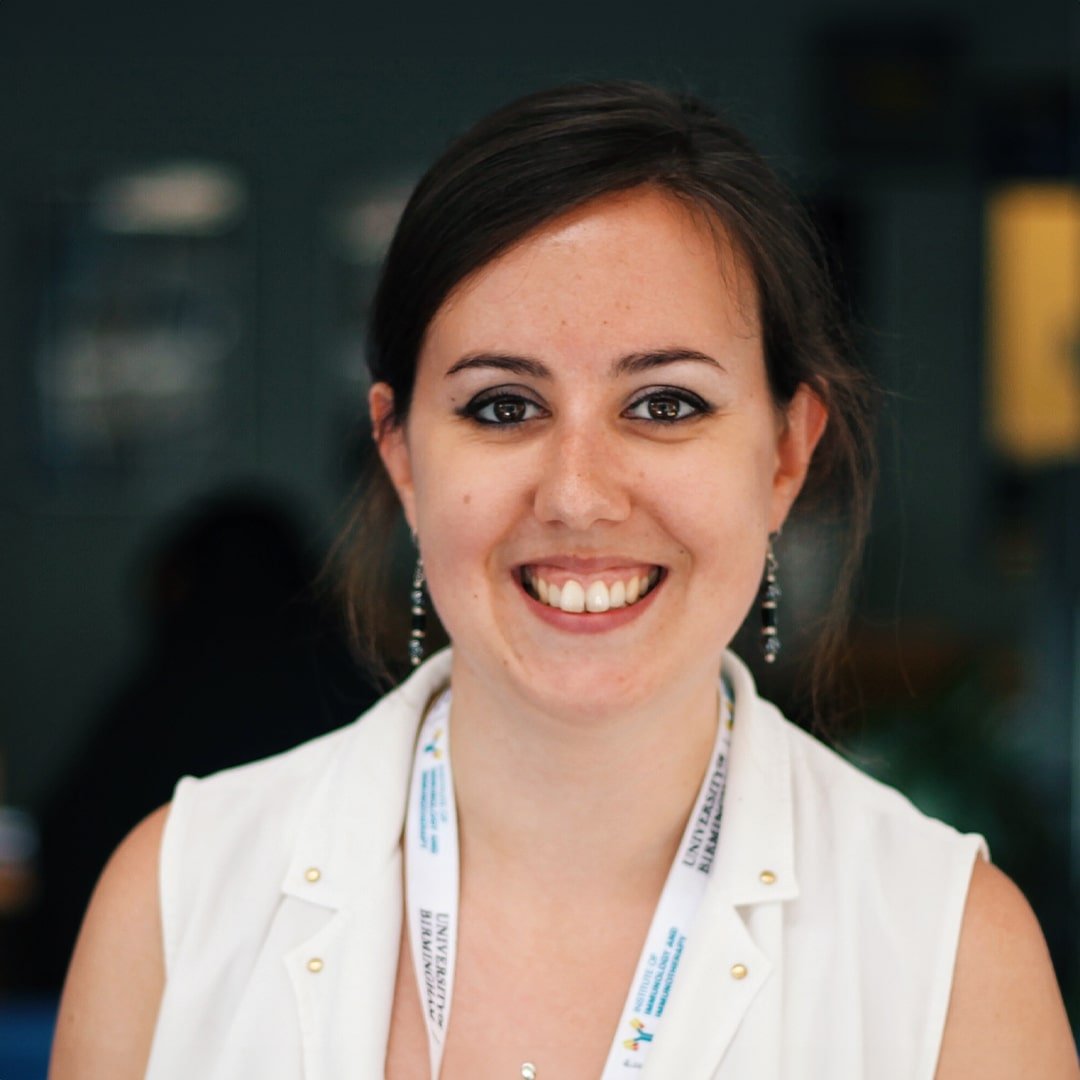
Dr Rebecca Drummond (Prize Winner 2024, University of Birmingham), who studies fungal infection in the brain and wants to develop new models to study HIV-fungal co-infection.
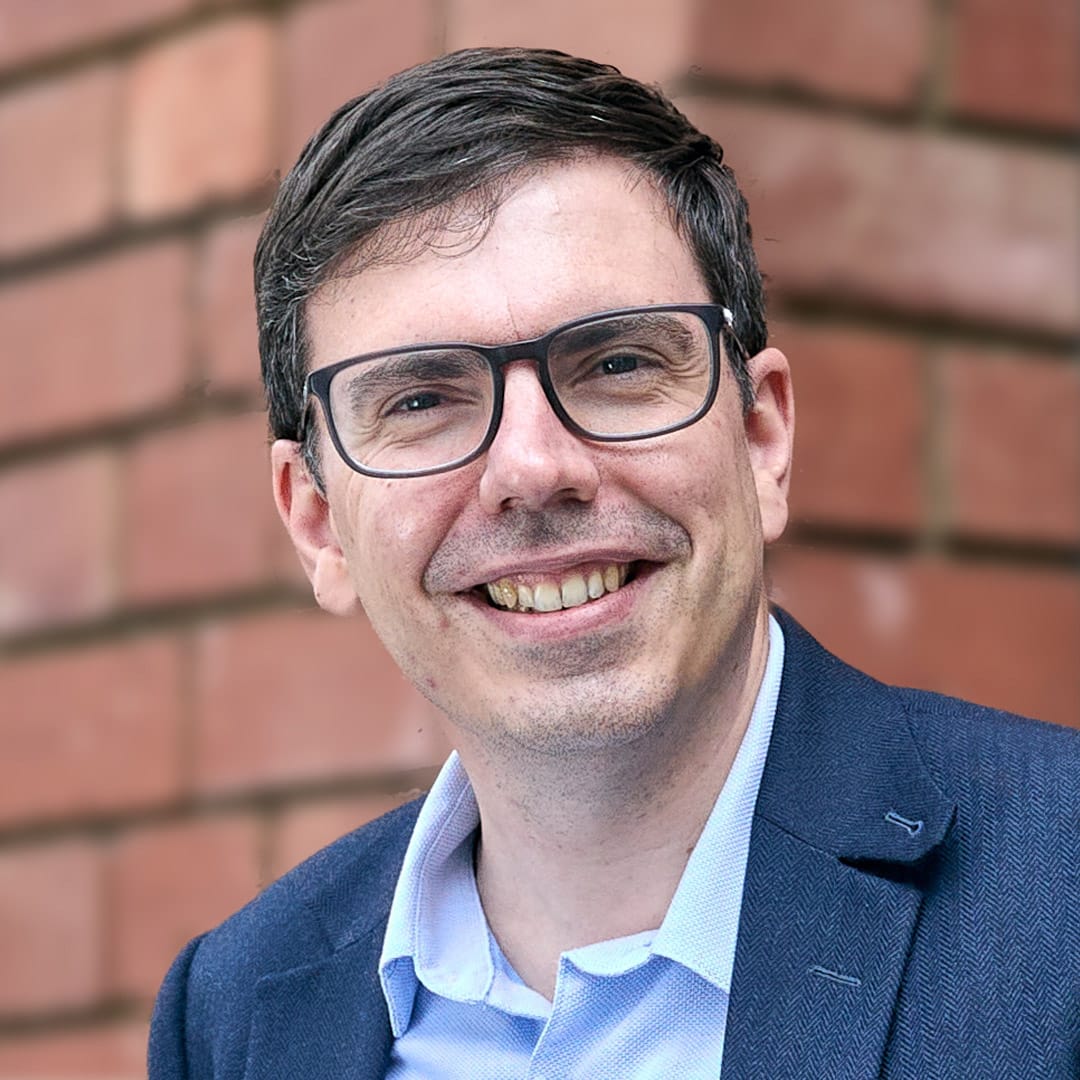
Dr Stephen John Sammut (Prize Winner 2025, Institute of Cancer Research), who combines computational and experimental methods to understand tumour–immune co-evolution as the basis of immunotherapy resistance, especially in triple-negative breast cancer.
Rewriting biology: Engineering and reprogramming life
Once you understand cellular mechanisms and pathological processes at a molecular, mechanistic level, you can then start to intervene. “Rewriting” biology means moving from observation and characterisation to purposeful intervention—actively engineering and reprogramming cellular processes to improve health and address disease.

Designing safer mRNA medicines
Dr James Thaventhiran (Prize Winner 2025, University of Cambridge) described how his research revealed that modifications in today’s mRNA vaccines to keep them stable can also cause ribosomes to slip and produce off-target peptides through a process known as frameshifting. “One of the huge advantages with mRNA technology is how quickly it can be made,” James said, but he cautioned that “frameshifting in modified mRNA may reduce the efficiency of this new vaccine technology.” Although his research does not suggest any reductions in clinical efficacy, it does show significant unintended immune responses at a cellular level. His group is developing codon-engineering strategies to minimise frameshifting, which may one day alter commercial RNA vaccine sequence optimisation methods.
Quality control at the endoplasmic reticulum
Prof. Yogesh Kulathu (Prize Winner 2017, University of Dundee) explained how his group decoded the UFM1 pathway, which acts as a quality control and recycling system for stalled and terminated ribosomes that might otherwise pile up at the endoplasmic reticulum. Yogesh has been studying how the small protein UFM1 is attached to ribosomes (UFMylation) for several years to understand its nuanced role in protein synthesis and quality control. “UFM1 is critical for cell health because if you don’t degrade the partially translated proteins formed when ribosomes stall, they might misfold into proteins that are toxic,” Yogesh explained. “The pathway maintains the health of the secretory proteome and may even be a potential target for neurodegenerative diseases.”

Other presentations from:

Dr Yuval Elani (Prize Winner 2025, Imperial College London), who builds synthetic cells for highly controlled mechanistic studies as well as programmable drug delivery.

Dr Johnathan Cooper-Knock (Prize Winner 2025, University of Sheffield), who uses deep learning to uncover genetic drivers of ALS.
Road-testing biology: Translating innovation into impact
We were delighted to welcome former Lister Fellow Prof. Rebecca Fitzgerald (Early Cancer Institute, University of Cambridge) and our Lister Lecture special guest Prof. Helen McShane (University of Oxford) to remind us that scientific insight simply marks the start of a long journey of translational medicine.
Transforming cancer screening with a sponge on a string
Rebecca recounted the journey of developing the Cytosponge device which for simple, scalable and affordable detection of Barrett’s oesophagus, shown by Rebecca and colleagues to be an obligate precursor of oesophageal cancer. The Cytosponge, paired with a biomarker identified in related research, has increased early detection rates and was shown in a trial with 13,000 patients to be 10 times more effective at detecting Barrett’s than standard GP care. But could it work as a pre-endoscopy screening test? Rebecca admitted that maximising the clinical impact of a new diagnostic or screen methodology truly is the work of a lifetime due to such a high burden of proof. Preparation for a screening trial in 120,000 volunteers to assess the impact of Cytosponge on clinical outcomes in oesophageal cancer is underway, with both morbidity and mortality joint endpoints.

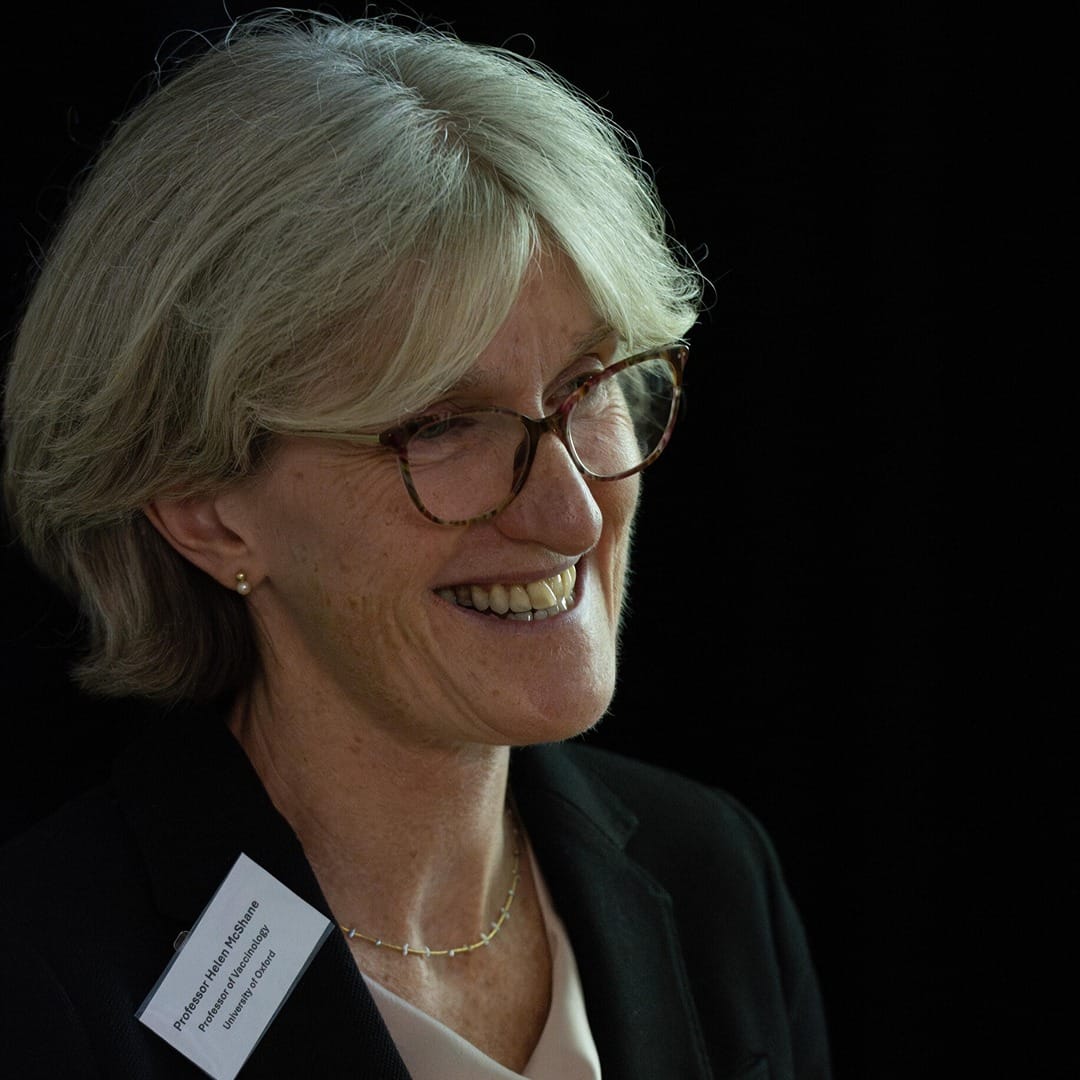
Accelerating vaccine development with human challenge models
Prof. Helen McShane (University of Oxford) also emphasised that clinical trials are tricky, especially for tuberculosis vaccination, which is highly underfunded due to limited scope for any return on commercial investment. You need large numbers and stringent endpoints. She outlined her research involving controlled human challenge models in which people volunteer to be infected with pathogen. “We have established two human challenge models for TB using BCG, one using a skin challenge route and one mimicking the aerosol route of infection for virulent TB,” Helen explained, noting how this approach provides rapid, relevant and controllable immunological readouts. Human challenge studies were important in understanding Sars-CoV-2 pathologies and hence pandemic response. By enabling the safe and controlled study of infection and immunity, human challenge studies are accelerating the development of otherwise challenging new vaccines development for diseases such as TB.
Looking ahead
Across the two days of superb science and purposeful networking, one message resonated above all: the Lister Institute’s strength lies in its people. “The record attendance and the breadth of research showcased in presentations and Summer Studentship posters this year speak to the vibrancy of the Lister community’s collaborative spirit,” said retiring Director Sally Burtles. “When early-career Fellows, established leaders, and biomedical science students mix and mull over curious questions together, rigour and innovation flourish. The advances shared in Oxford this September are just the beginning; I know the conversations, collaborations and friendships forged here will continue to drive progress well into the future.”
Lister Institue Chair, Professor Sir John Iredale, added his own personal thanks to members of our community. “Thank you for your continued deep engagement, generosity and enthusiasm. It is your active participation that makes the Lister Institute what it is: a catalyst for scientific excellence and boldness, and a home for those who believe in the power of research to change lives.”



